Ganesh Puja with 21 Patras (Leaves)
Ganesha Puja, like many Hindu rituals and ceremonies, often involves the offering of various items to Lord Ganesha, who is the elephant-headed god of wisdom and new beginnings. One common practice is to offer 21 leaves or “patra” to Lord Ganesha as part of the puja. These leaves are typically offered along with other offerings like flowers, fruits, sweets, and incense.
The choice of leaves may vary, but commonly used leaves for Ganesha Puja include:
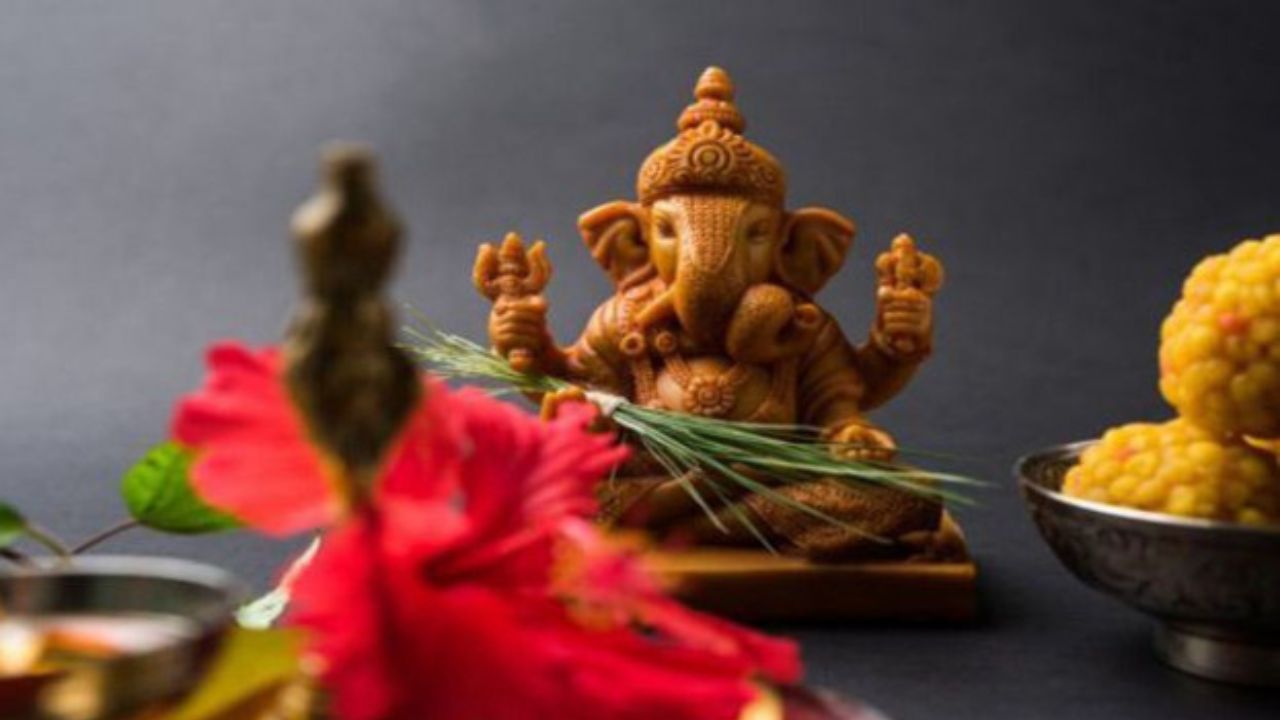
Bermuda Grass (Doob)
As per the mythology, Ganpati once swallowed a demon and ended up with a burning sensation in the stomach. Hence, some sages offered him a set of doobs to relieve his pain. It is one of the most popular leaves for background ganpati decoration.
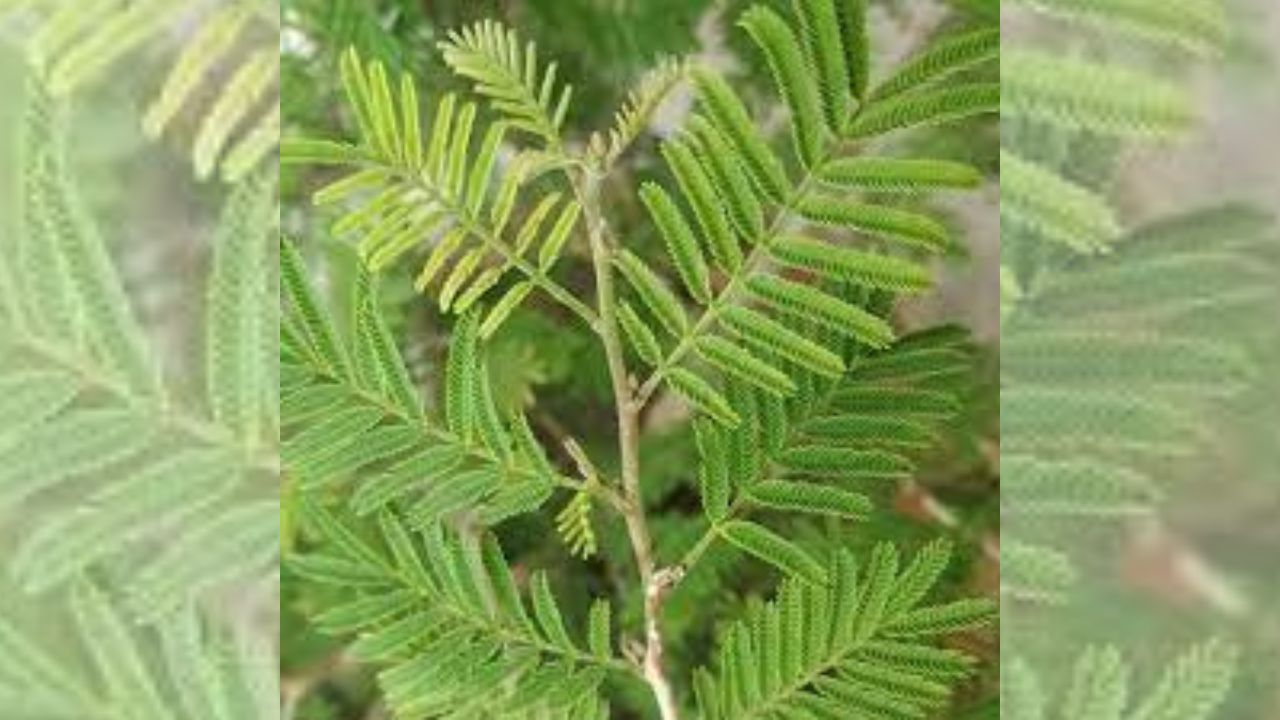
Khejri (Shami)
Khejri, also known as Shami, is a revered tree in Hindu tradition, symbolizing protection and victory. Its leaves are offered in pujas, especially on Vijaya Dashami, to seek divine blessings and commemorate the Pandavas hiding their weapons during their exile, making it a symbol of resilience and righteousness.
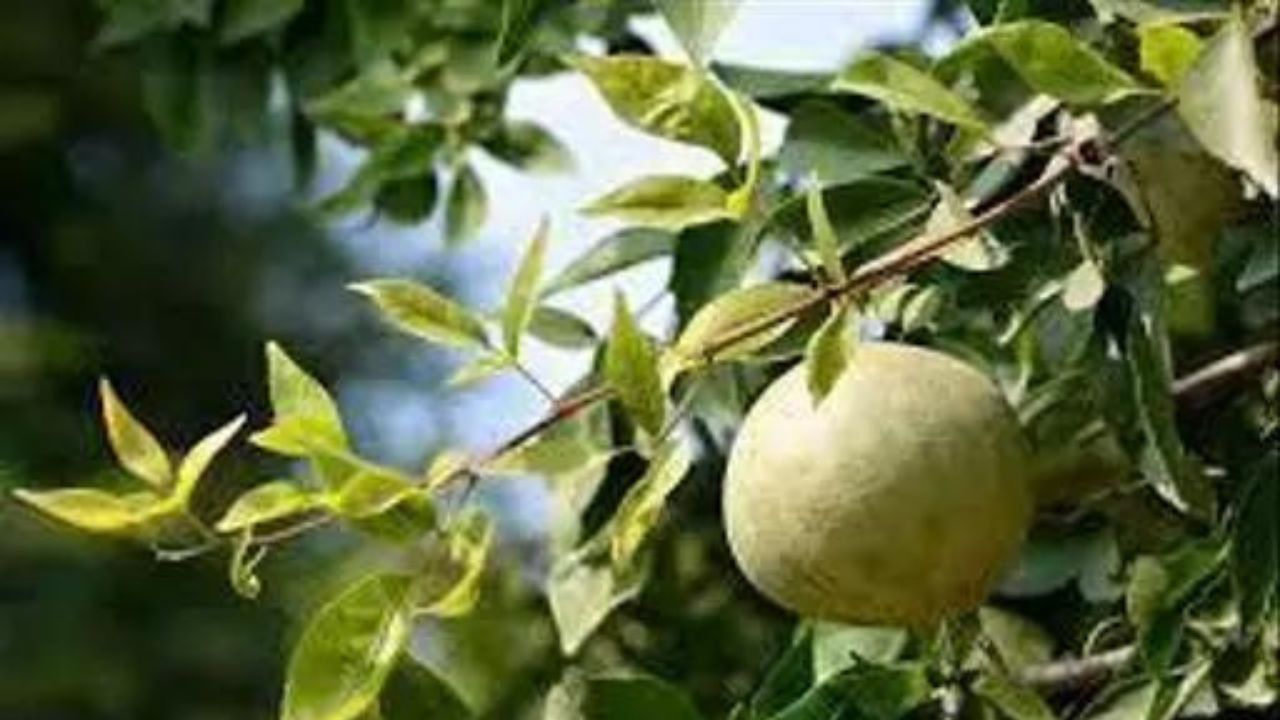
Stone Apple (Bel Patti)
Stone Apple, also known as Bel Patti, is often used as an offering in Hindu religious rituals, particularly during Lord Shiva’s worship. The fruit’s leaves hold great significance for their sacredness, representing the three elements of the divine trinity and symbolizing devotion and purity in prayers and rituals.
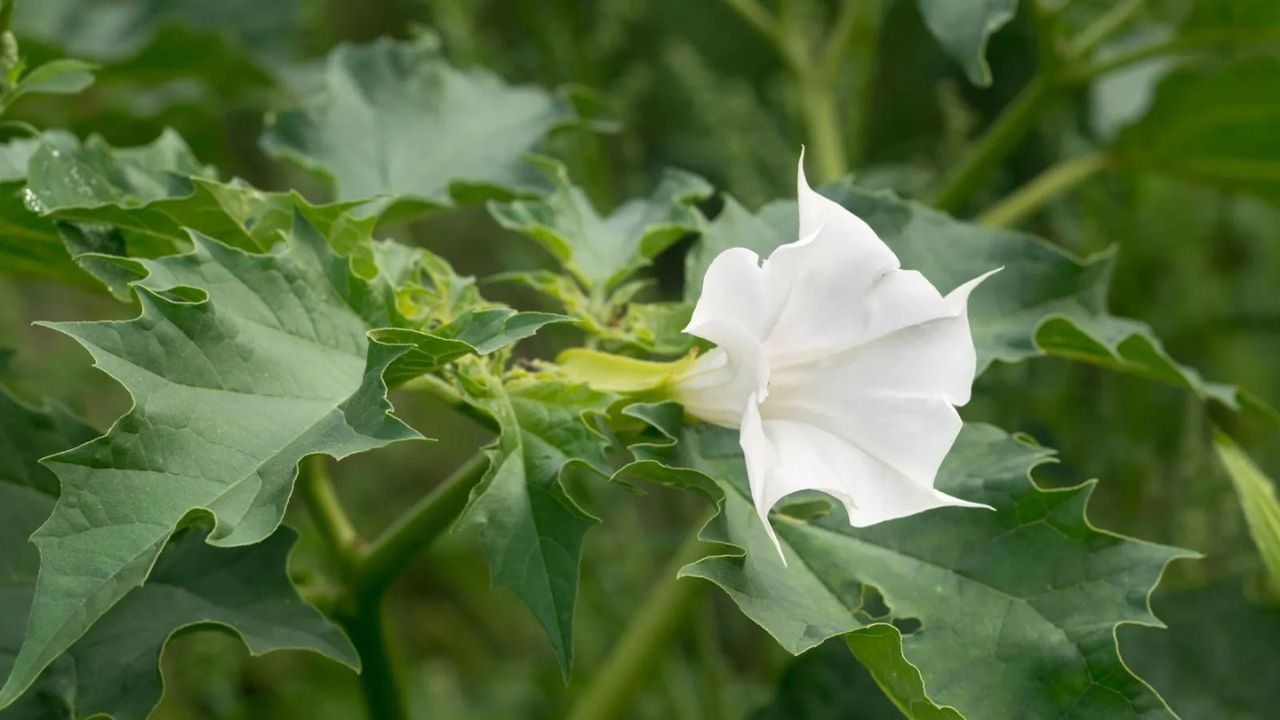
Datura
Datura, a highly toxic plant, has limited use in Hindu rituals due to its association with Lord Shiva. Some devotees offer its leaves and flowers to Lord Shiva, believing they have purifying and spiritual significance, while caution is exercised due to the plant’s toxicity.
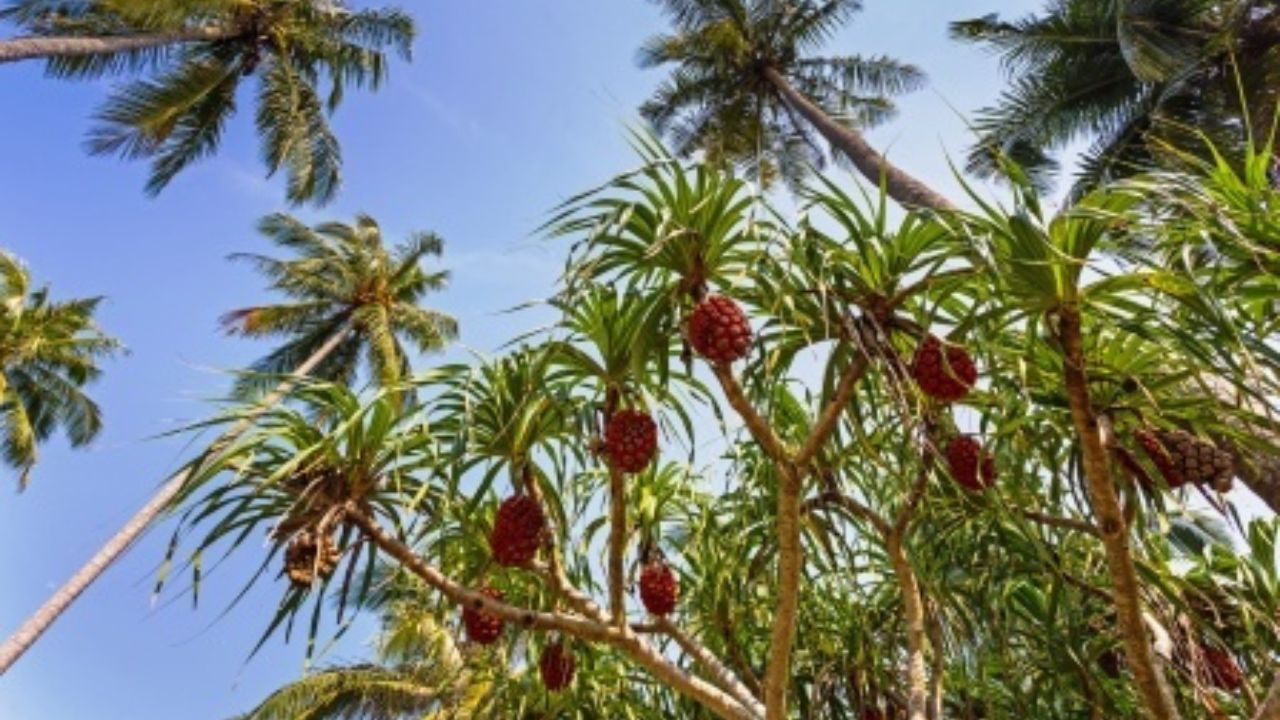
Screw Pine (Kewada / Ketaki)
Screw Pine, known as Kewada or Ketaki in India, is used in Hindu rituals for its fragrant and beautiful flowers. However, it’s important to note that the use of Ketaki flowers in Lord Shiva’s worship is associated with a cautionary tale from Hindu mythology, where Lord Shiva cursed the flower. Therefore, their use in puja may vary by region and tradition.
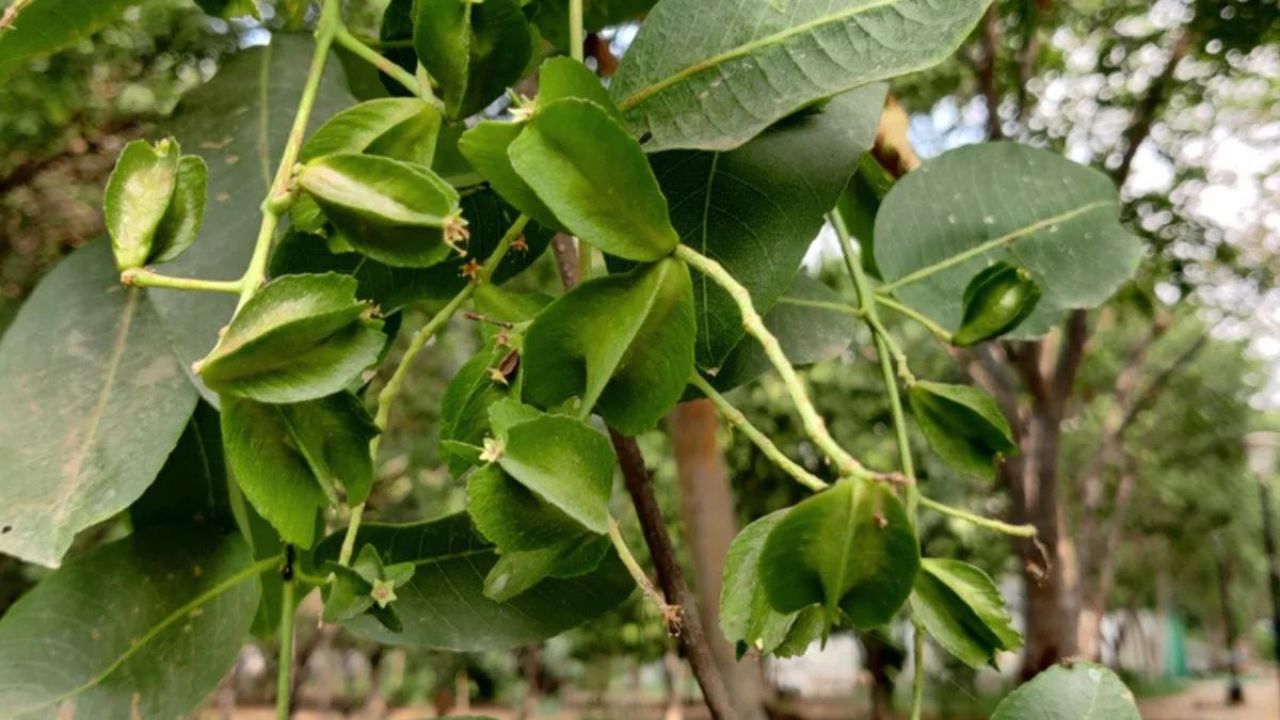
Arjuna
Arjuna, scientifically known as Terminalia arjuna, is a medicinal tree native to India. Its bark is used in traditional Ayurvedic medicine for its potential heart-health benefits, including managing cardiovascular conditions and promoting overall well-being.
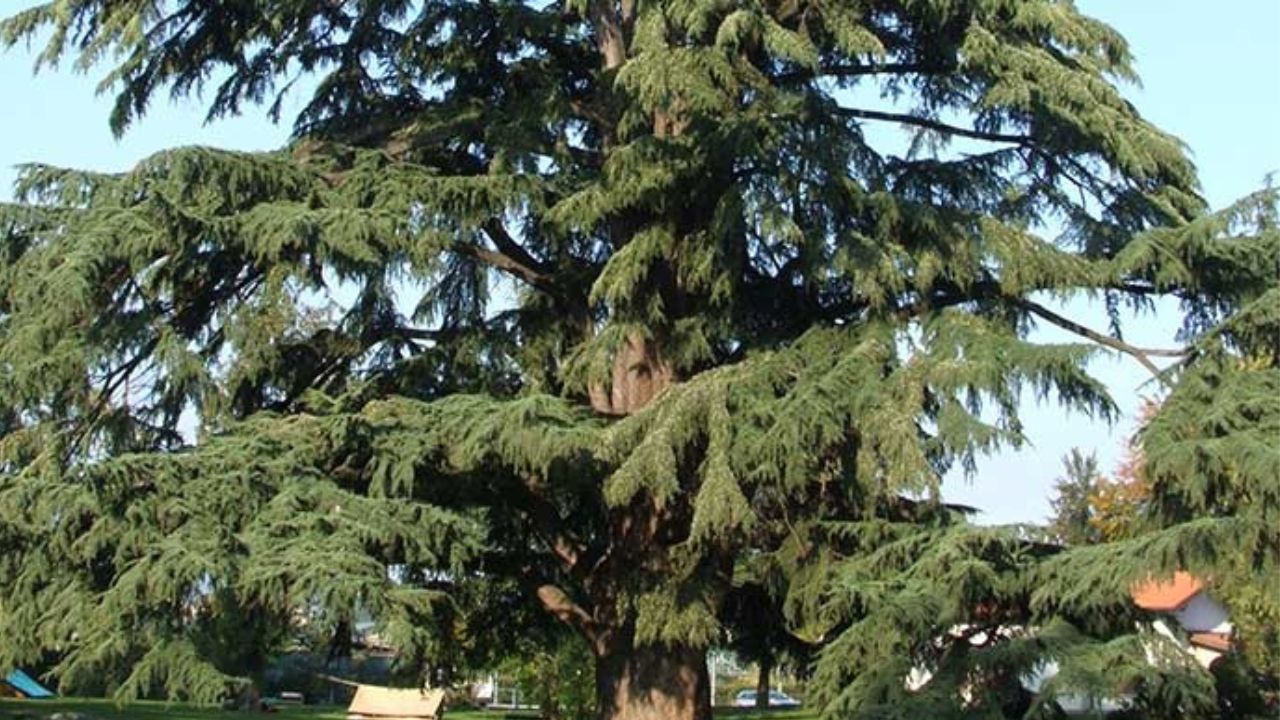
Himalayan Cedar (Devdar)
Himalayan Cedar, known as Devdar in Hindi, is a majestic evergreen tree native to the Himalayan region. It is valued for its durable timber and aromatic wood, often used in construction and for making incense. Additionally, Devdar holds cultural and religious significance in Hinduism, symbolizing purity and the sacredness of the Himalayan mountains.
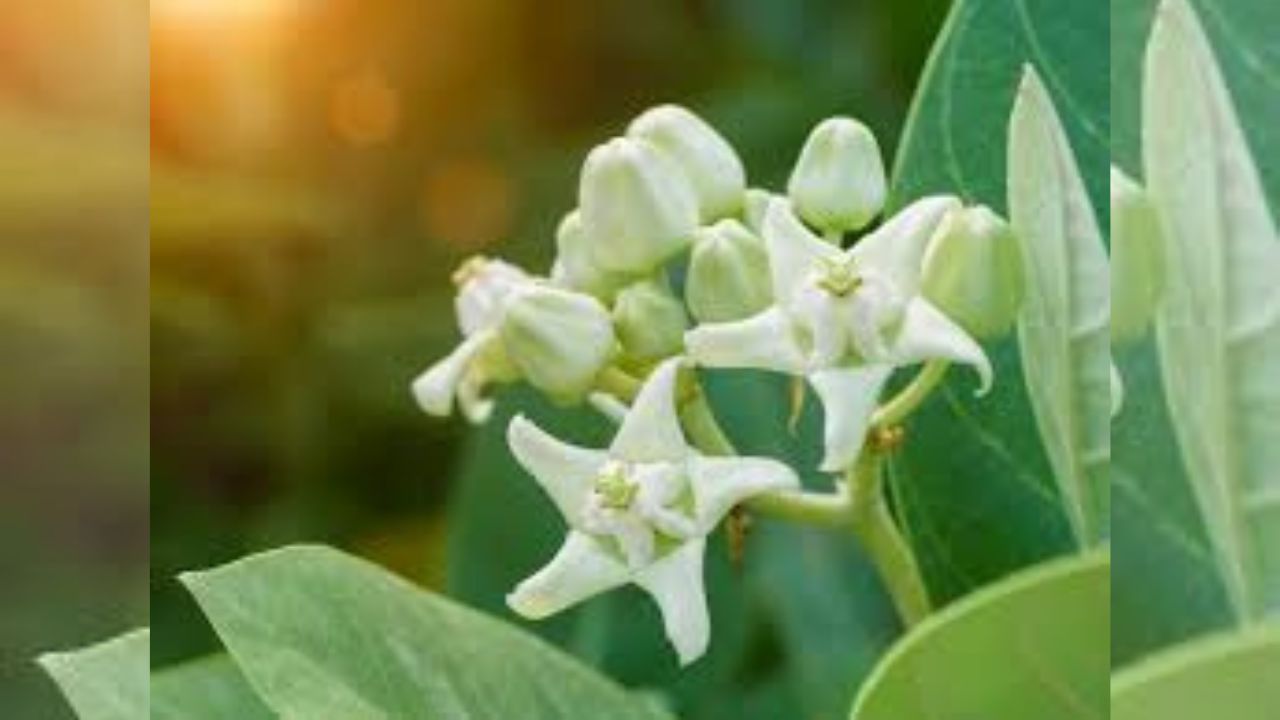
Rubber Bush (Aak)
The Rubber Bush, commonly known as Aak or Madar in Hindi, is a tropical plant with toxic properties. While it has some medicinal uses in traditional Ayurvedic medicine, it is primarily known for its poisonous nature and limited role in religious rituals due to its association with Lord Shiva in certain contexts.
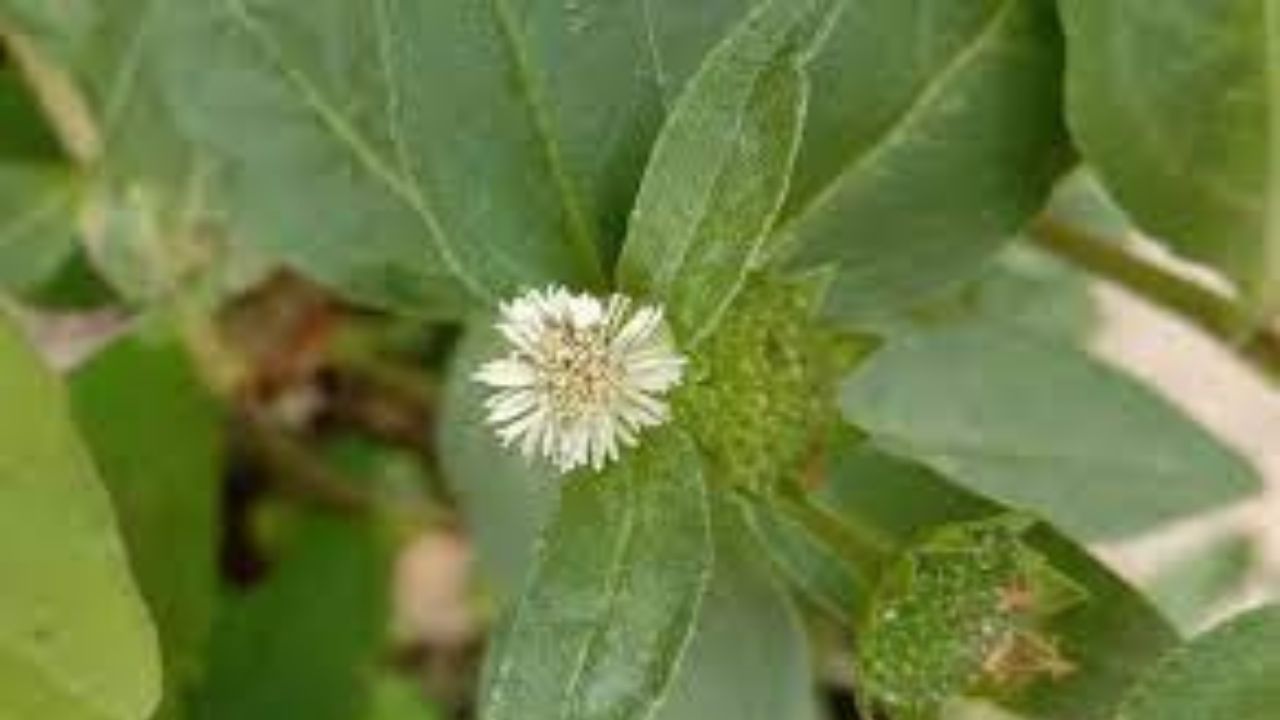
False Daisy (Bhringaraj)
False Daisy, also known as Bhringaraj, is a medicinal herb widely used in Ayurveda and traditional Indian medicine. It is prized for its potential benefits for hair health and liver function. Bhringaraj is often used in herbal oils and hair care products to promote hair growth and maintain its luster.
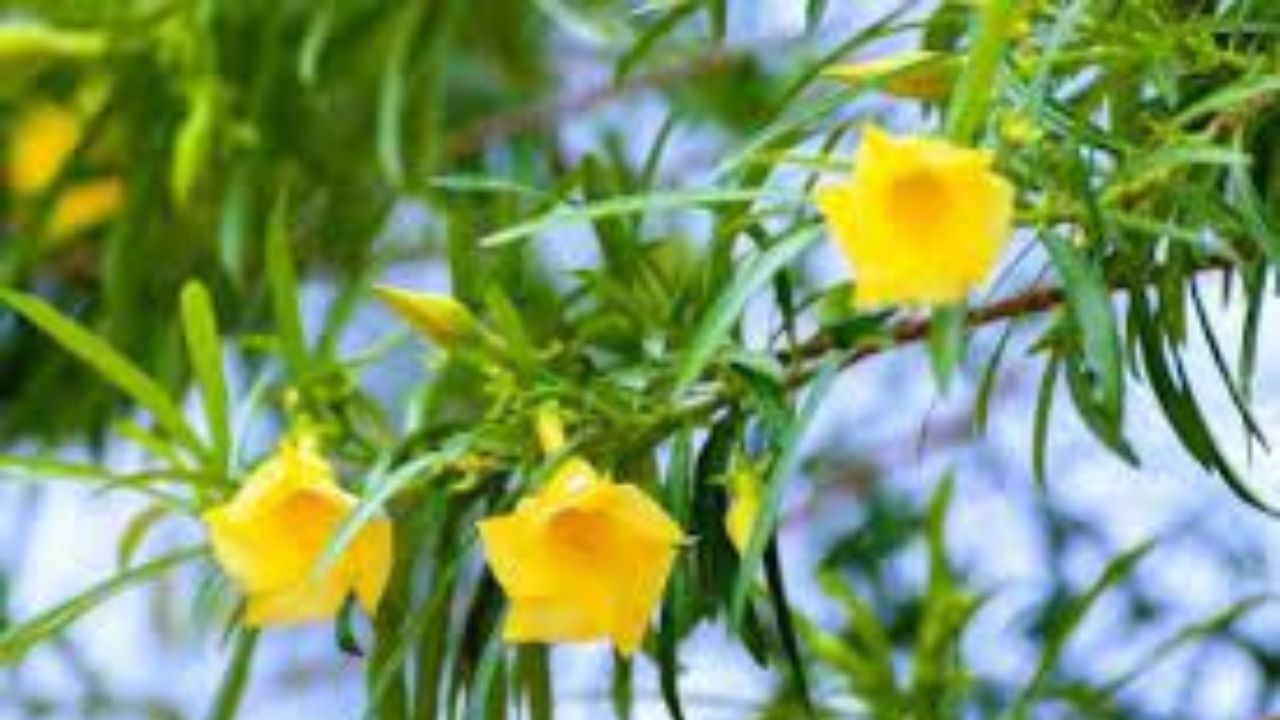
Oleander (Kaner / Karaveera)
Oleander, known as Kaner or Karaveera in India, is a highly toxic flowering shrub with attractive, colorful flowers. Due to its toxicity, it is generally not used in Hindu religious rituals. However, it is grown for its ornamental value in gardens and landscapes.
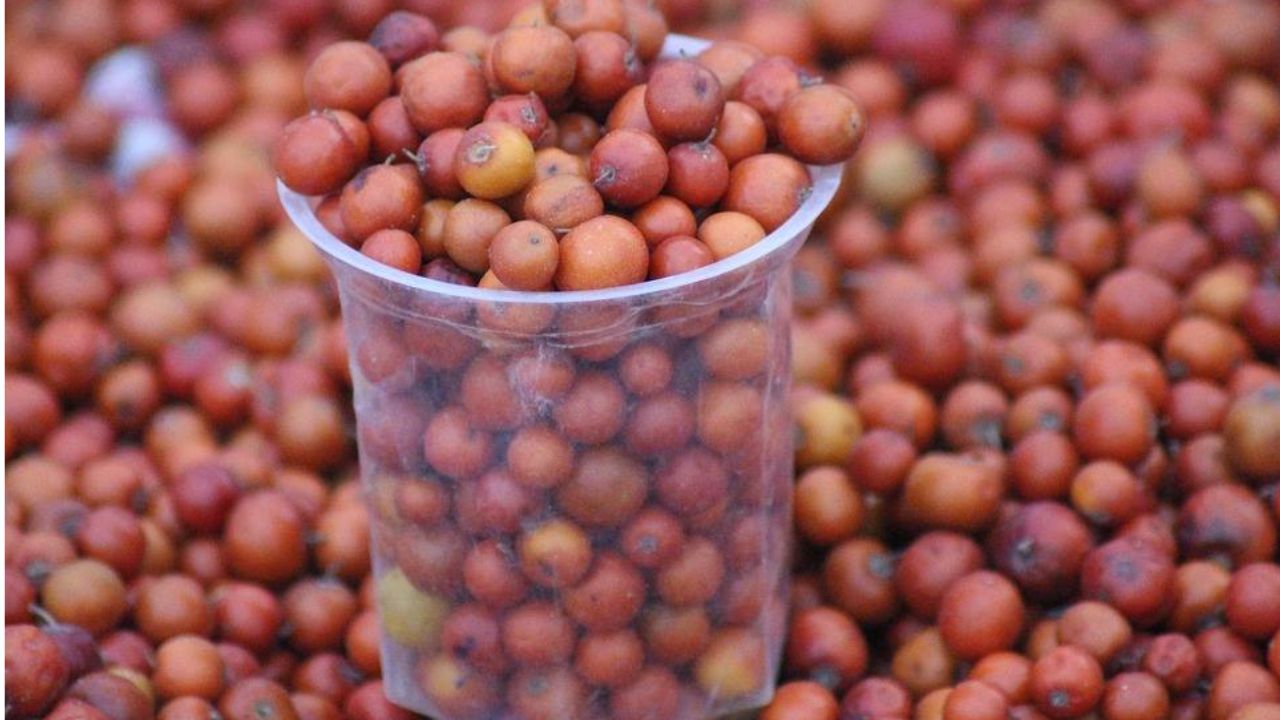
Jujube (Ber)
Jujube, commonly known as “Ber” in India, is a small fruit-bearing tree. Its sweet and nutritious fruit is enjoyed fresh and is also used in traditional Indian sweets and snacks. Jujube trees are cultivated for their fruit and have cultural significance in various parts of India.
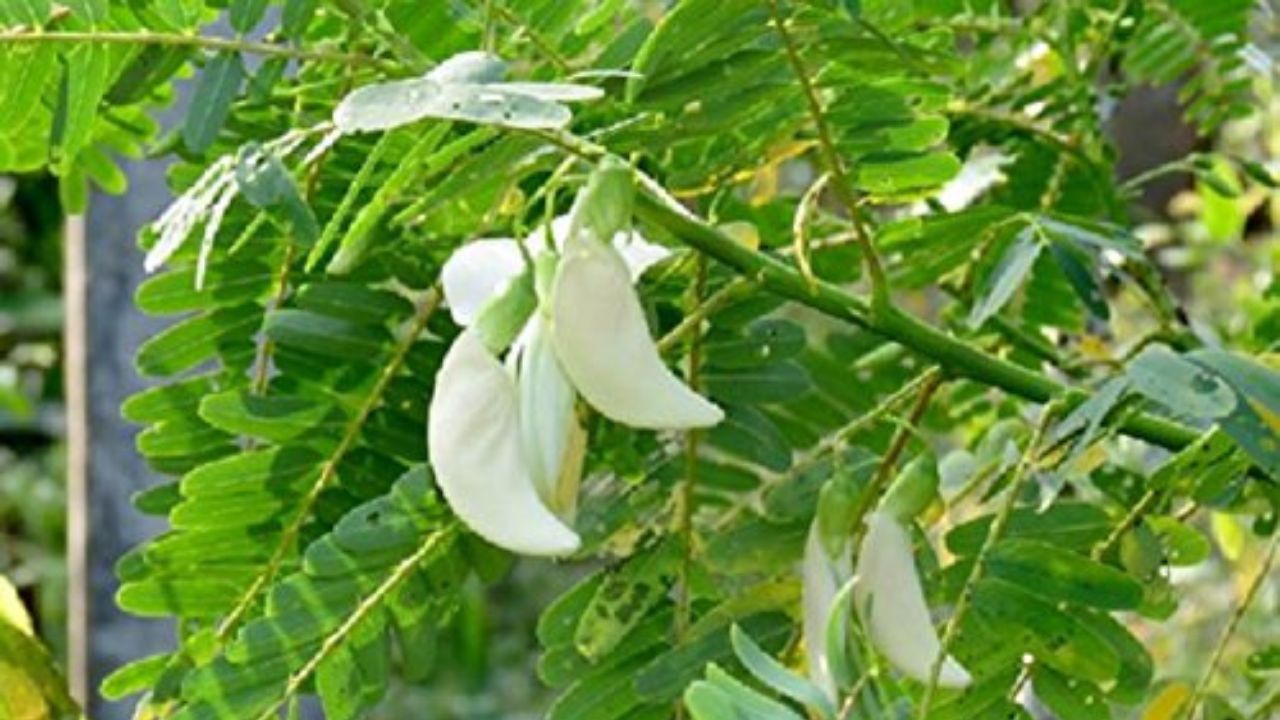
Agati
Agati, also known as Sesbania grandiflora or the Agathi tree, is a tropical plant known for its beautiful flowers and nutritious leaves. In some regions of India, its young leaves and flowers are used in culinary preparations, and it is also considered a medicinal plant with potential health benefits.
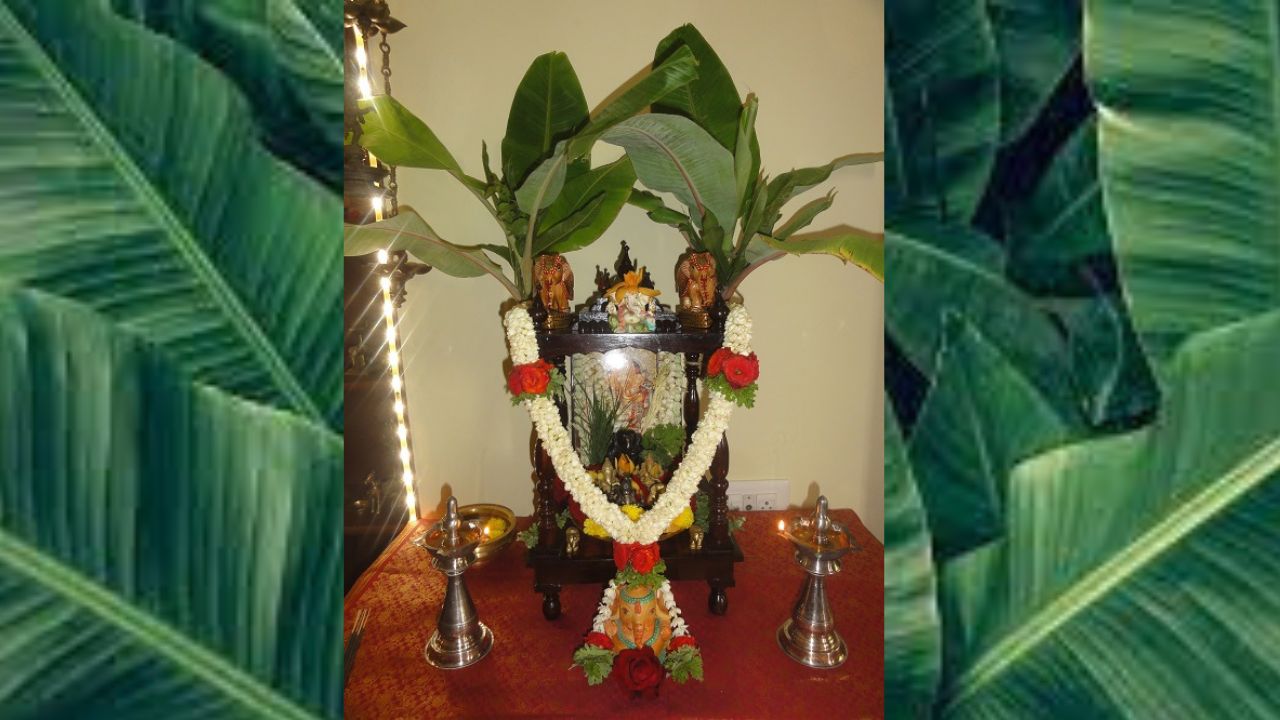
Banana (Kele ke Patte)
The banana tree, also known as “kele ka ped” in Hindi, is a tropical plant that belongs to the Musaceae family. It is characterized by its large, broad leaves and unique growth pattern. These trees produce clusters of bananas, and every part of the plant, including the leaves, fruit, and stem, is utilized in various ways, making it an essential and sustainable resource in many tropical regions for food, shelter, and cultural practices.
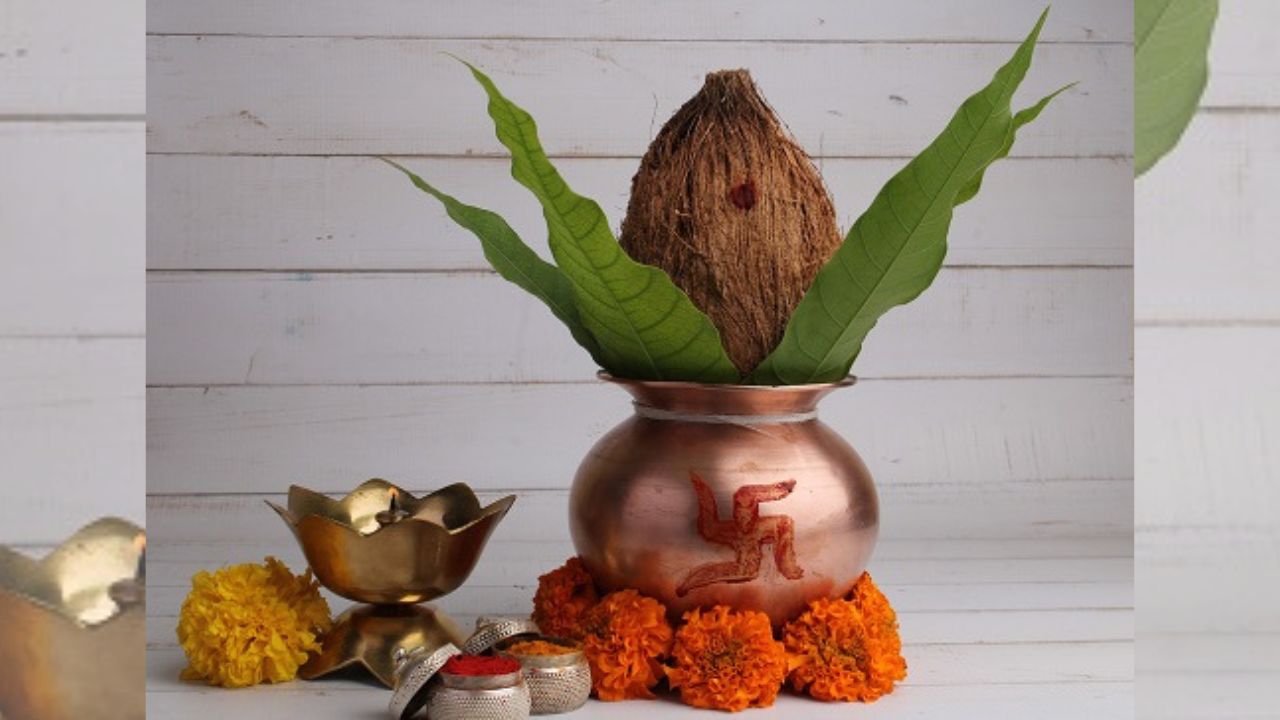
Mango (Chuta / Aam)
It is offered to Ganesha with ‘Om Ekdantaya Namah-Chuta Patram Samarpayami‘ chant. Also, the Mandap and Kalash are decorated with mango leaves during the auspicious Hindu functions.
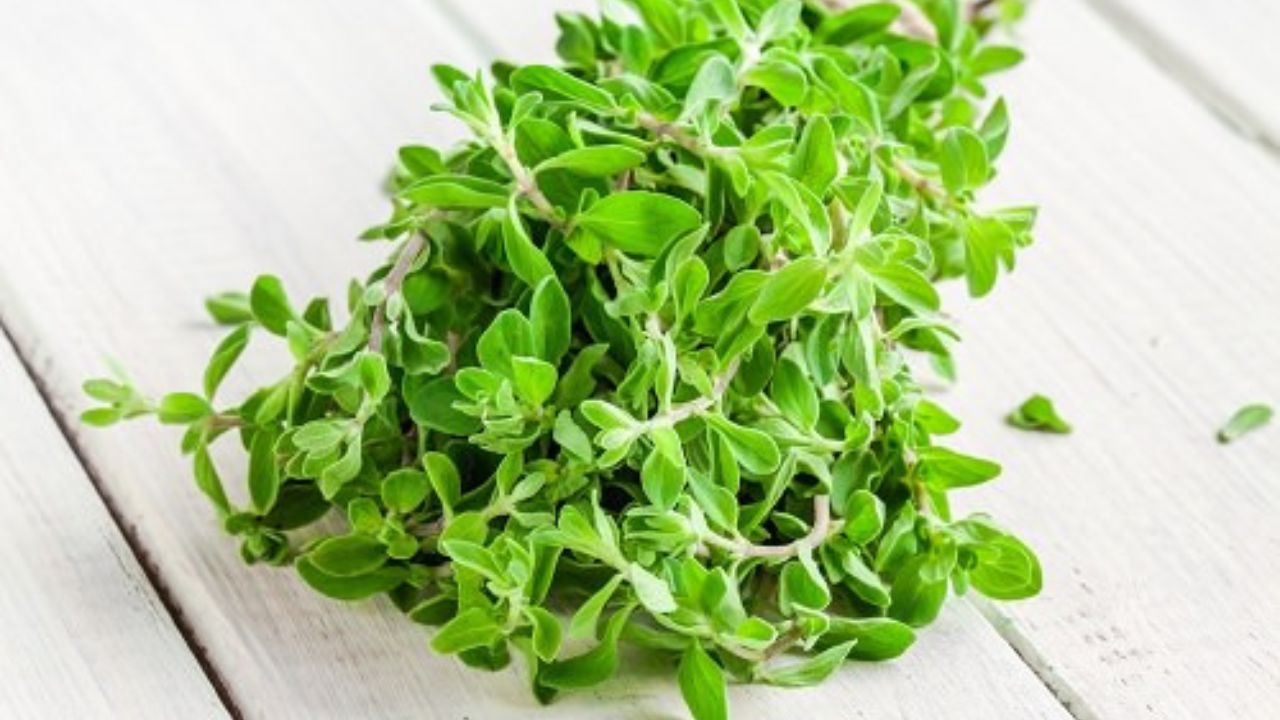
Marjoram (Marua)
Famous for its essential oil, the scented Marua leaves are an important offering to the Lord Ganesha. During Patri pujan, recite ‘Phalachndraaaya Namah’ and offer the leaves. Keep it in the ganpati mandir at your home.
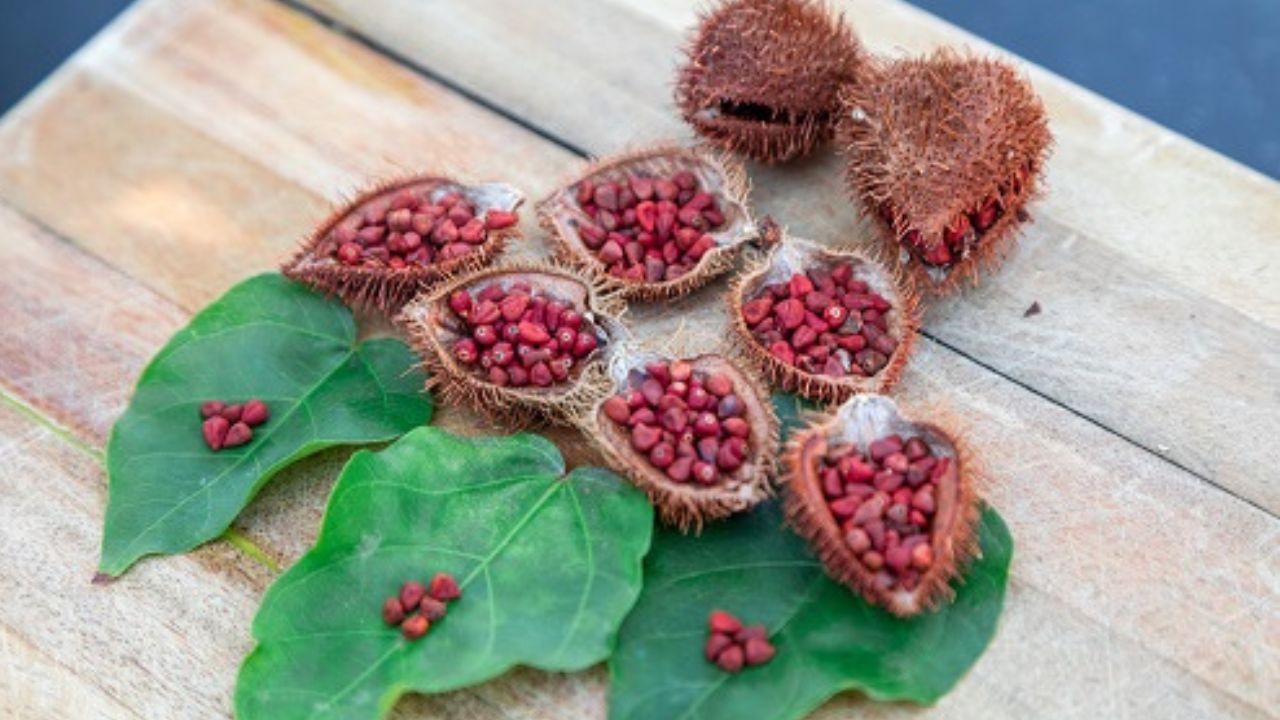
Achiote (Sindoor)
Sindoor patra is very dear to Siddhivinayak, so a true devotee should offer its leaves with Herambay Namah hymn. Its glossy green leaves are ovate with tapering ends.
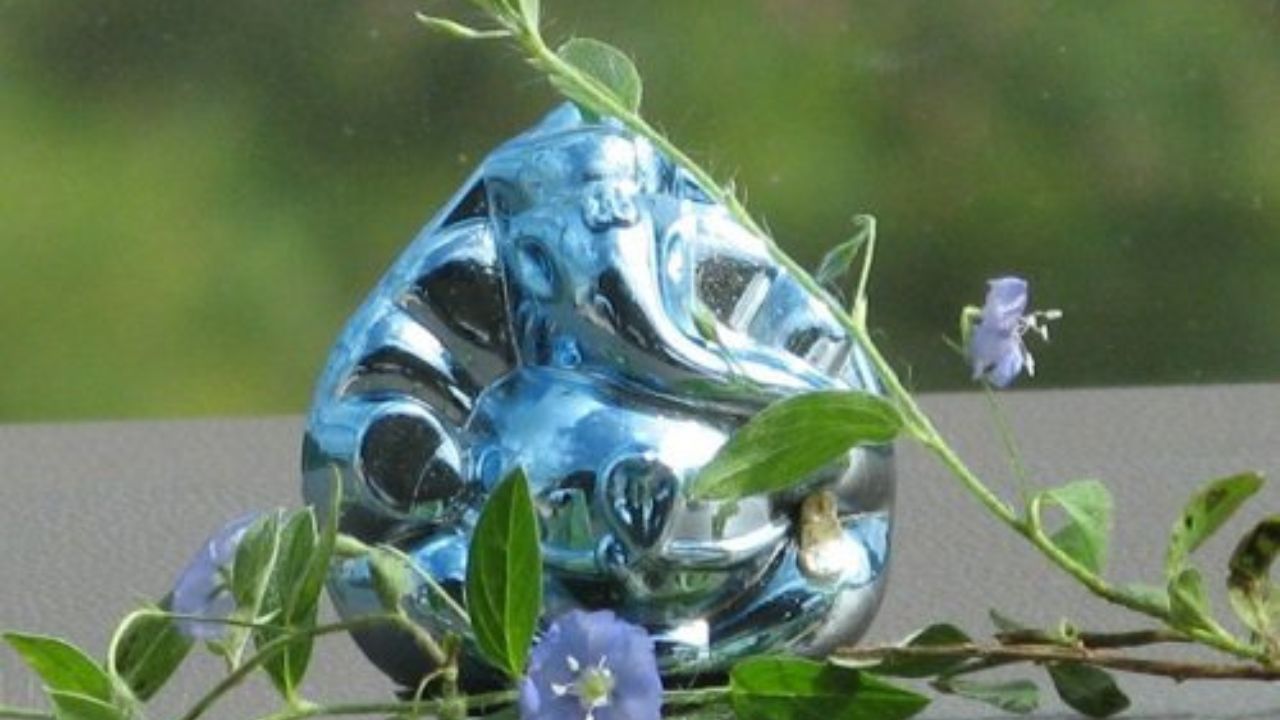
Vishnukrantha
Since Ashtvinayak is very fond of Vishnukrantha leaves, you can offer its leaves while chanting ‘Om UmaPatray Namah‘. Its leaves are Lanceolate and covered with silky thin hair.
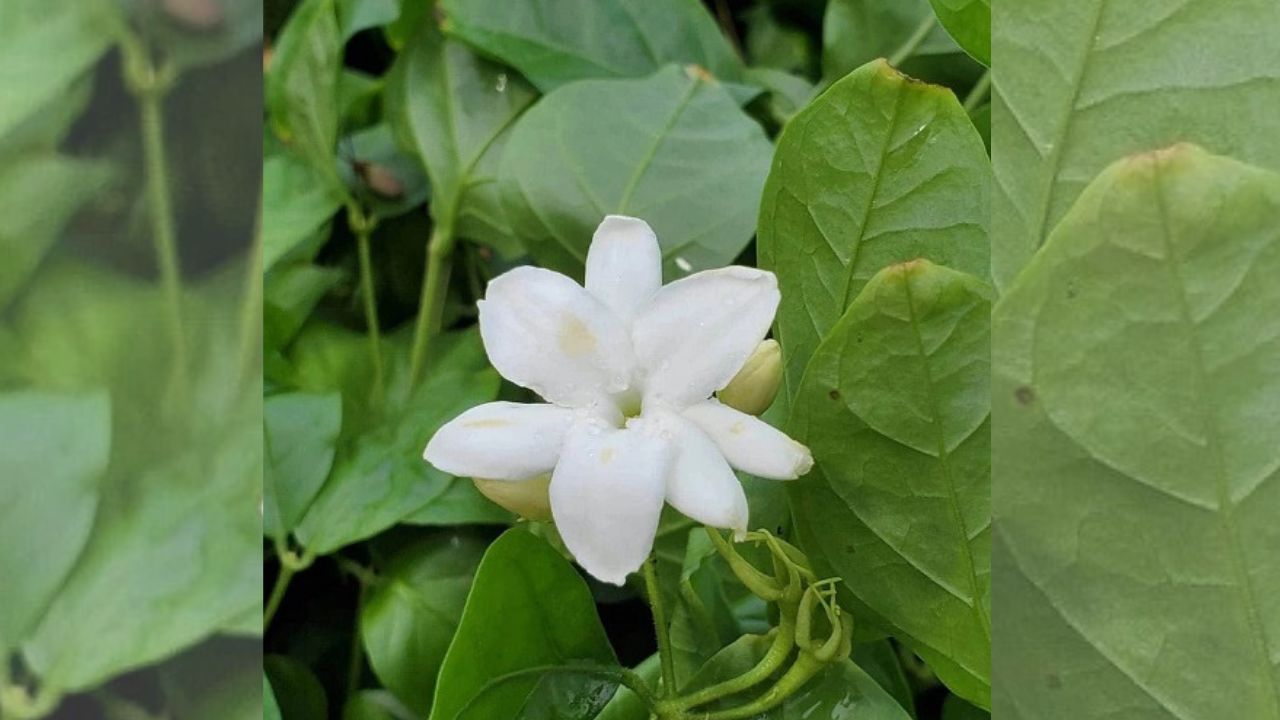
Arabian Jasmine (Mogra)
Apart from its scented flowers, the leaves of jasmine also please Vinayak. So, you can offer it in 21 Patri Puja ritual, or use them in the ganpati mandir.
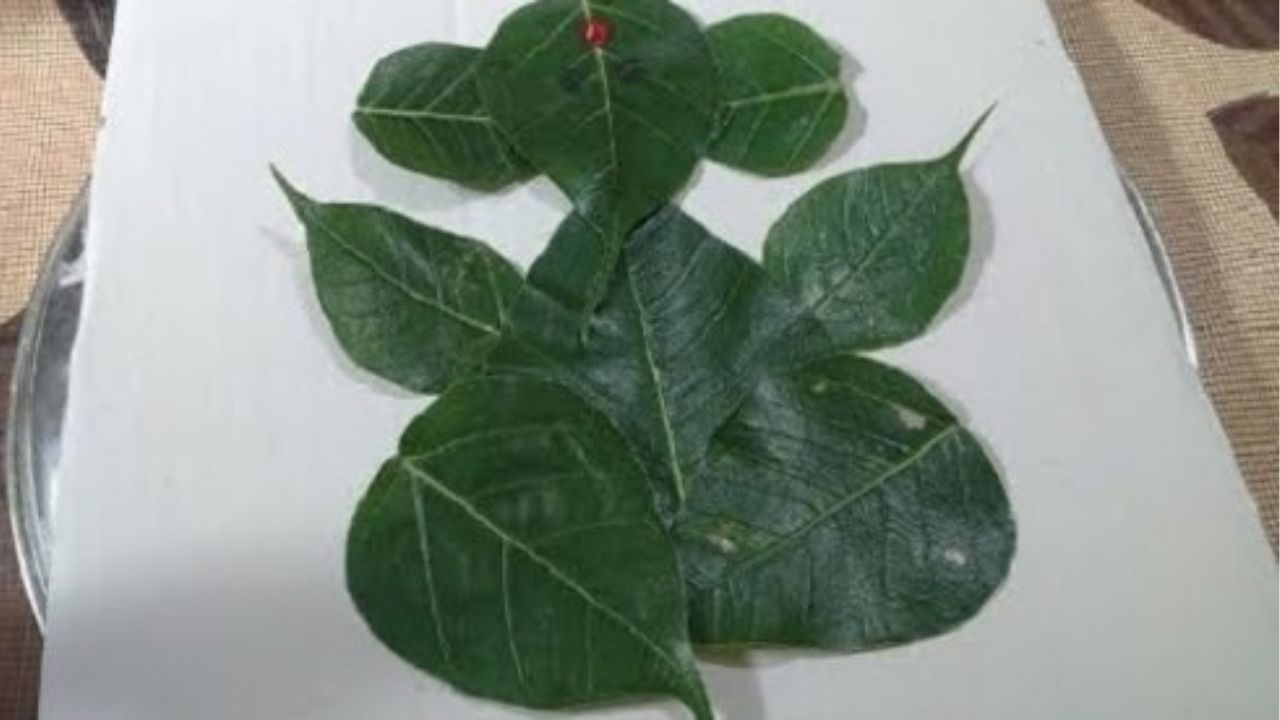
Sacred Fig (Peepal)
The heart-shaped leaves of peepal appease Gajanan very much. Offer it with Om Vinayakaya Namah-Ashvattha Patram Samarpayami chant. You can also prepare eco-friendly Ganesha with these leaves. It can also be used for background ganpati decoration.
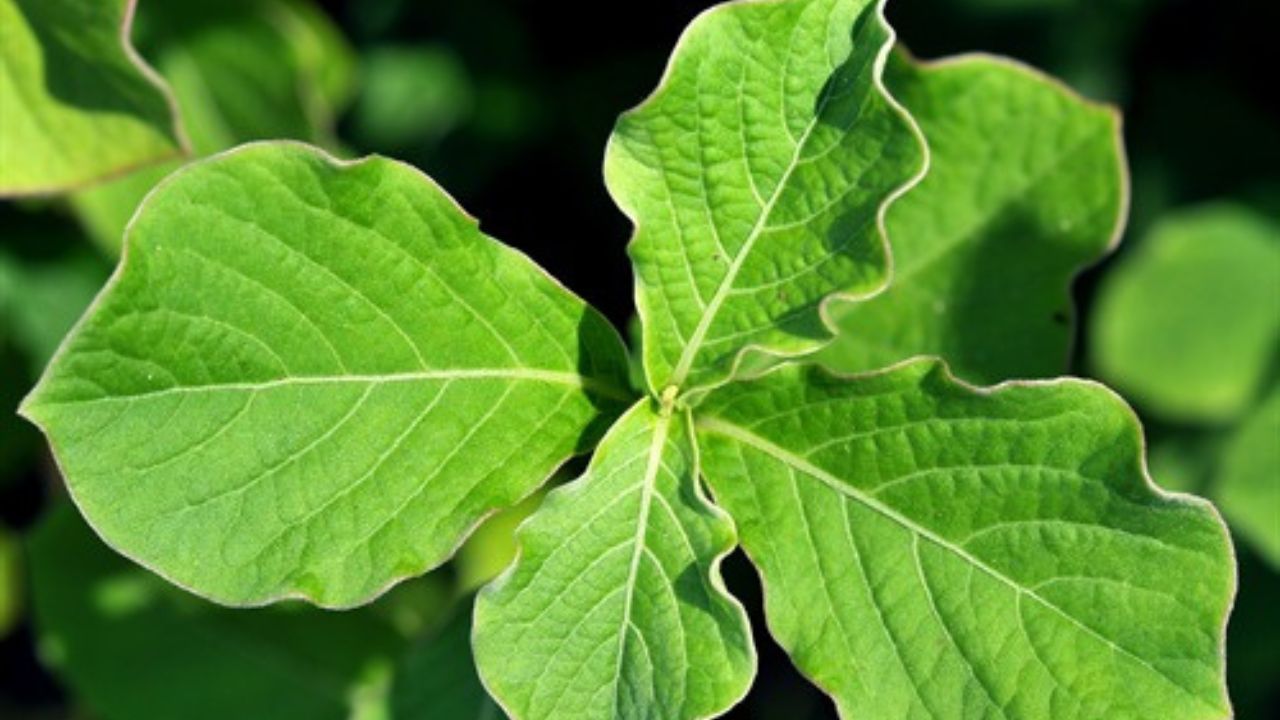
Chaff (Apamarg)
Ganesh Patra Puja is incomplete without the presence of Chaff leaves. The devotee offers these ovate shaped leaves with Om Guhaagrajaya Namah-Apamarga Patram Samarpayami hymn.
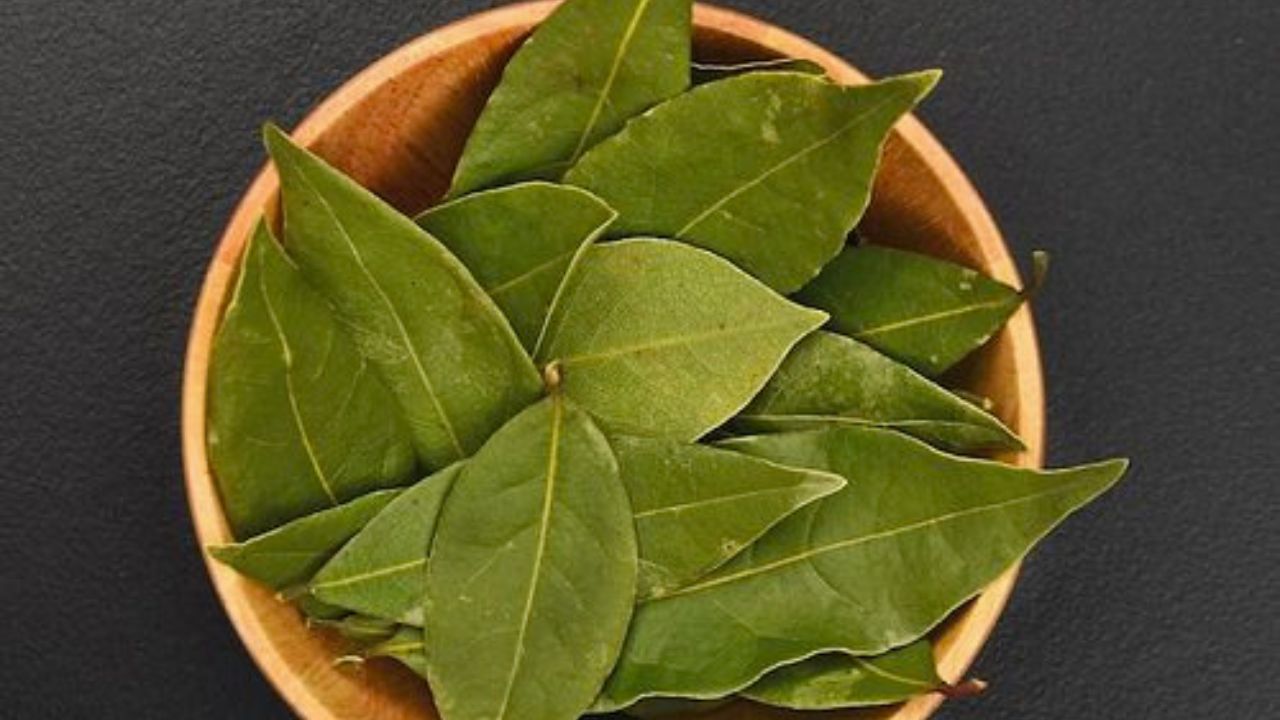
Bay Leaf (Tejpatta)
Everyone is aware of bay leaf, thanks to its culinary uses as a spice. But, they play a vital role in patri puja also and offered with Chaturhotre Namah chanting around the ganpati mandir.
Related Links
Specific Content Keywords : Ganesh Puja,Patras,Ganesh Puja,21 Patras,Patra Puja,Leaves offering,Lord Ganesha,Hindu ritual,Worship,Ganesh Chaturthi,Devotion,Hindu festival,Puja items,Ganeshidol,Modak,Aarti,Mantras,Prayers,Offerings,Religious tradition,Veneration,Decorations,Ritual significance,Leaves,Ritual,Hinduism,Lord Ganesha,Worship,Religious,Offerings
Prayers,Hindu festival,Ganesh Chaturthi,Puja items,Devotion,Ganesh idol,Modak,Incense,Aarti,Mantras,Decoration,Veneration.

